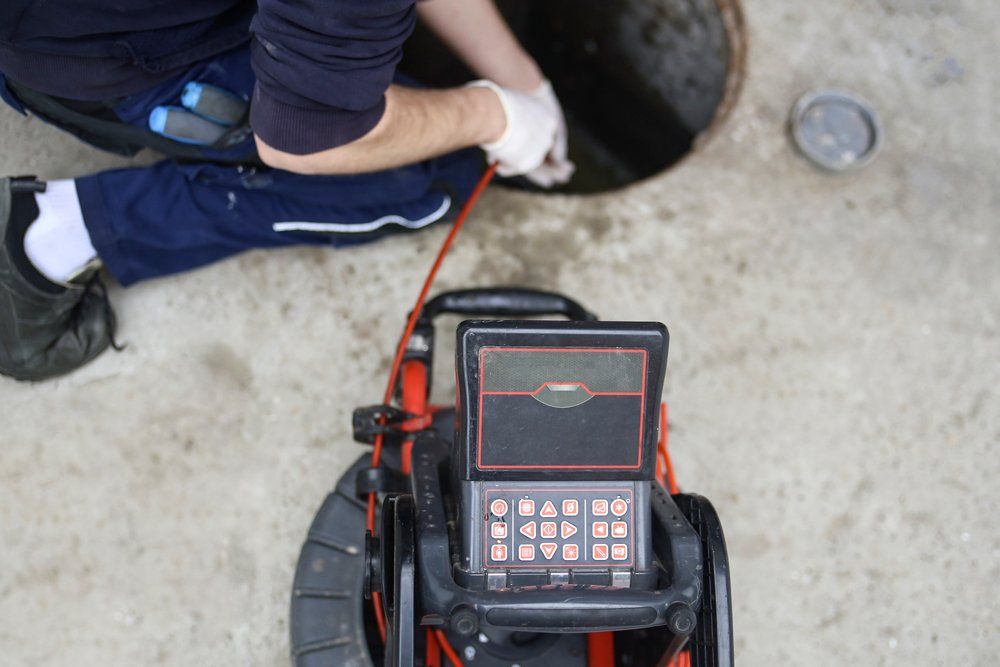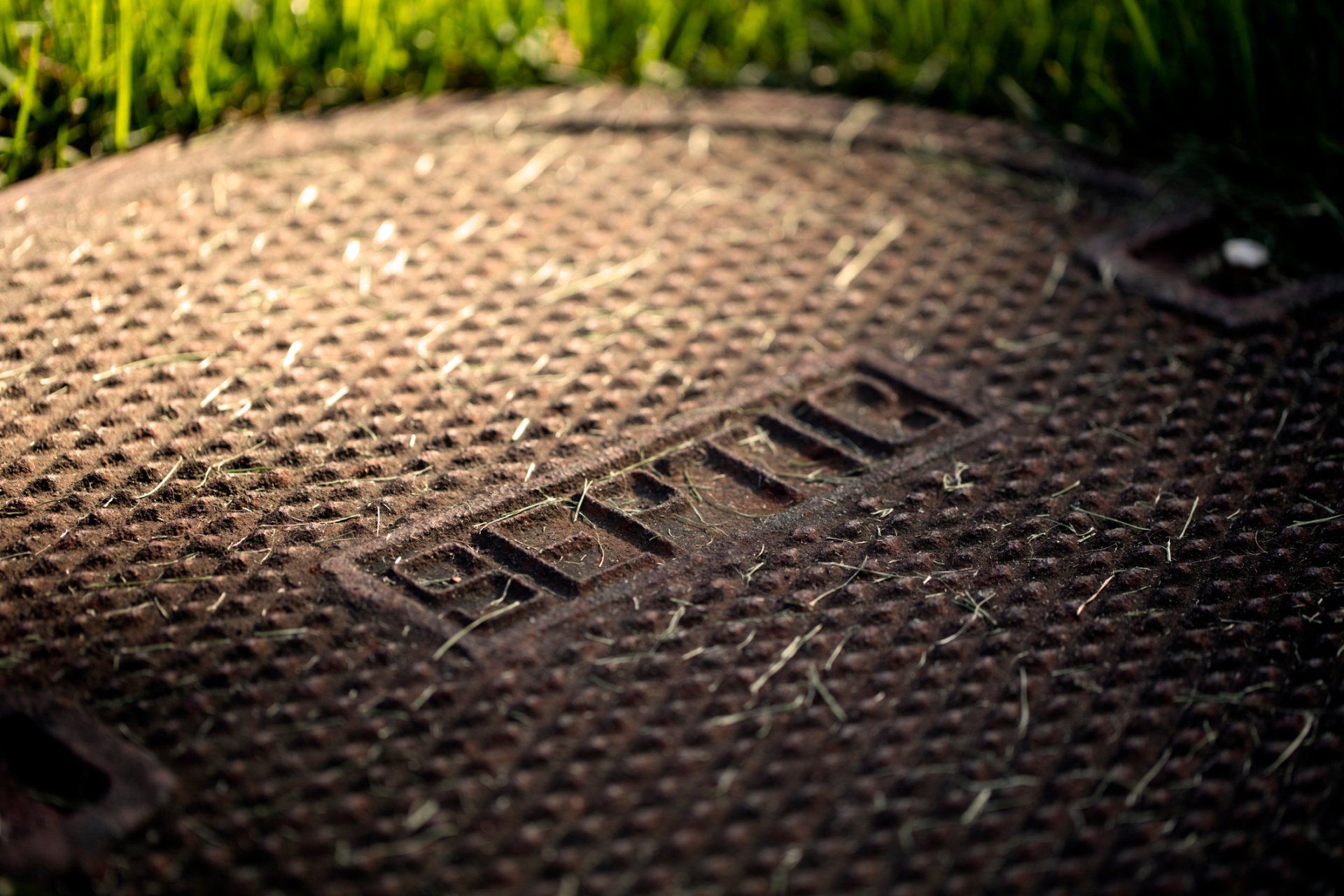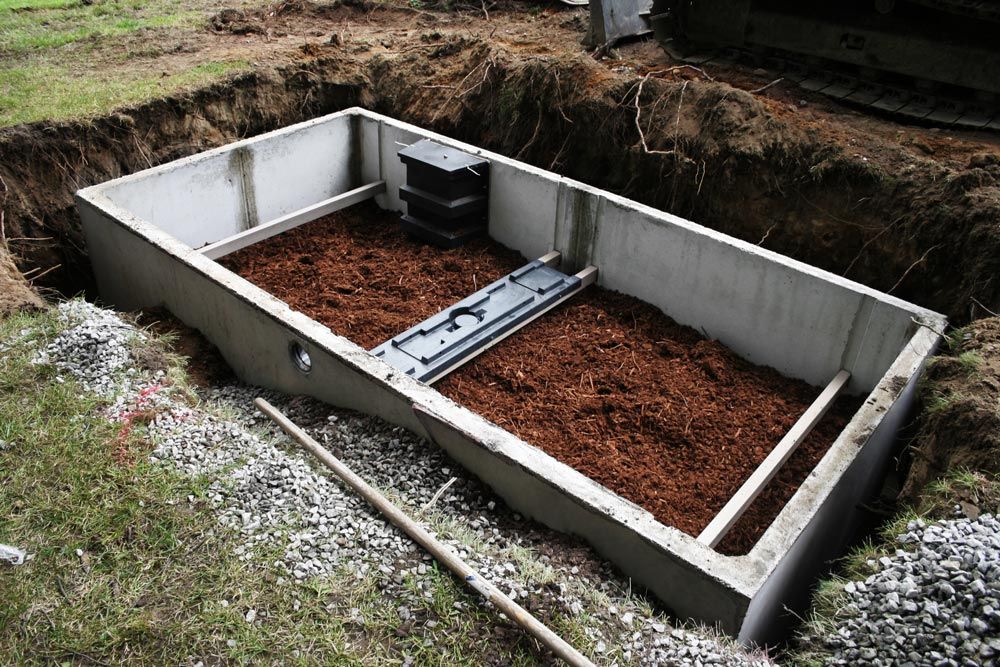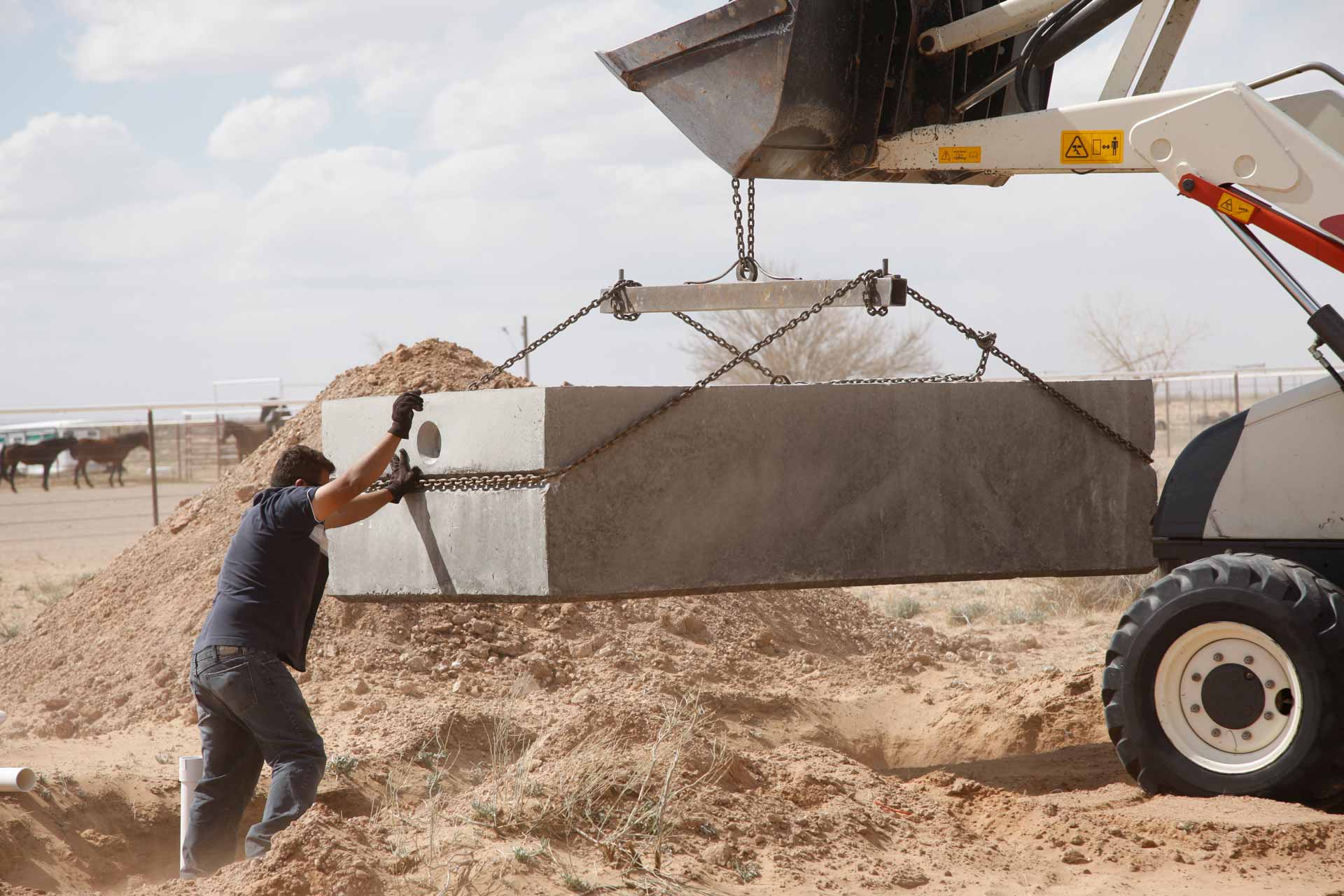Troubleshooting 3 Common Grease Trap Issues
A grease trap is a two-compartment system that hooks up to the main drain in a restaurant kitchen. All water passes through the trap, where the grease-free water is siphoned away to municipal drains while the sludge and grease remain. Although the system typically runs smoothly, sometimes there are problems.
1. Foul Odors
A properly functioning grease trap should not let foul odors into the air nearby. If you can smell your grease trap, then chances are something is wrong.
Cause
A grease trap puts out a foul odor either due to mechanical issues or insufficient cleaning. The inlet into the grease trap is sealed with a gasket, which is there to ensure that odors do not leak out. If this gasket fails, then you may begin to smell the contents of the trap.
Insufficient cleaning can also lead to odors, even if the gasket is working properly. This can be the result of infrequent pumping, resulting in an overly full trap, or from residue and sludge that is not fully removed during a routine pumping.
Solution
Fortunately, foul odors are one of the easiest grease trap problems to fix. Gaskets are easily replaced, thus keeping the odors properly sealed away. If cleaning is an issue, a full pumping followed by hydrojetting to remove any remaining sludge should remedy the problem.
2. Clogs
A clog can affect one or both compartments in your grease trap. When a clog happens, there were will be an overflow in the compartment that is affected by the clog.
Cause
There are three places where a clog can occur in your grease trap -- in the incoming line, the outgoing lines, and in the crossover line that connects the two compartments. Clogs usually occur when debris rises from the bottom of the trap and becomes lodged in one of these lines.
In some cases, a clog may also occur if grease gets into one of the lines and solidifies into a dam of sorts. This can happen when there is too much grease in the trap and it cools down to the point of becoming a solid mass.
Solution
A full cleaning of your grease trap system will fix the clogs. First, all debris, including the sludge and grease, must be pumped out of both compartments. If the obstruction in the lines is severe, hydrojetting may be used to force out the debris into either the neighboring compartment or into the sewer line. Everything is then scrubbed down to remove all remaining residue. Scheduling more frequent pumpings will prevent future clogs.
3. Overflow
An overflow can create a huge wet and greasy mess. Once an overflow happens, it will continue to happen each time you try to run any water through the trap until the issue is fixed.
Cause
Most grease traps work by allowing sediment to sink to the bottom of the compartment, while grease floats to the top. The clear water is then siphoned out from the central layer to the sewer, while the grease is shunted to the second grease storage compartment of the trap. The sediment remains in the first compartment, as sludge.
If the sludge isn't pumped out periodically, then it overfills the first compartment, and an overflow results whenever any water flows into the system from sinks, dishwashers, and other attached drains.
Solution
The only way to prevent overflows is with timely pumping of both the second grease-containing compartment and the first compartment that holds the sludge. How frequently you need to pump depends on the size of the trap and your grease output, as well as municipal code. For example, in Santa Cruz county grease traps must be professionally pumped at least once annually.
ContactPete's Outflow Technicians for more help with maintaining or repairing your restaurant grease trap.









